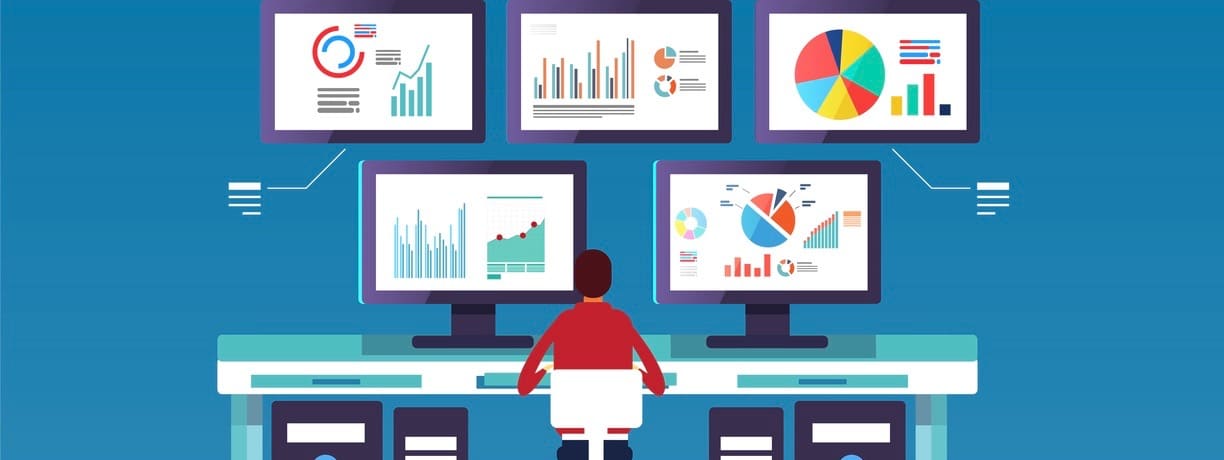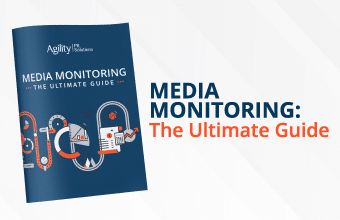In college, I had a journalism professor ask our class how many of us had signed up for Google Alerts as a media monitoring tool to support our coverage areas. Aging myself a bit, Google Alerts was a relatively new idea then. All the same, when no one in the class raised their hand, we all got scolded. It’s a painful memory.
Luckily, I never forgot the core tenets of that lesson. Media monitoring is crucial for anyone with a media life—if you don’t know what is being said about your area of expertise, it’s hard to keep up with the conversation. And, more importantly, unless you’re actively keeping an eye on what the web is saying about you, you can miss out on valuable media coverage, not to mention all the insights hidden within the coverage you didn’t get.
Today, we’ve gone beyond Google Alerts to include social media and other resources, but the benefits remain the same. Here are four examples of why media monitoring is important for any business:
Is your messaging working?
Are journalists referencing your company in the way you want? How is the media reacting to your marketing, product launch, thought leaders, and public announcements? Is your CEO instilling confidence? The only true way to know is to look directly at the source. You don’t know what you don’t know, and the ability to quickly adjust messaging based on feedback is the only way to ensure you’re delivering a public image that is genuine, unique, and well received by the media and public at large.
See the crisis coming
When things go wrong, sometimes the media is the first to know. Even with proper damage control procedures in place, you can’t always prepare for the worst. Accidents happen and things go wrong, and, honestly, the crisis may not even be your fault – maybe a customer had an unrelated emergency you’d like to respond to. Maybe it’s something that can be easily corrected, like your CEO being misquoted in a magazine. Regardless, the only way to respond in a quick, effective way is to know what’s happening, so you can manage a proper response and put all that crisis planning into action.
Do your research
Media monitoring should be as much a part of the research phase for a new product or public awareness campaign as test groups and customer surveys. Dig deep into the news and social media buzz to see what people are saying about a similar product or idea. This has the double benefit of allowing you to avoid previous pitfalls others may have encountered while also allowing your campaign or launch to improve upon those that came before it.
By thoroughly digging into the noise of the internet, you can also get a better sense of the area you’re entering to see how well you’ll fit. Sure, the surveys and focus groups matter. However, sometimes looking outside your bubble completely will reveal information you never thought of, possibly inspiring completely new ideas.
Smarter outreach
A major benefit of media monitoring is simply to get a roadmap of who is out there and what they’re covering. New journalists pop up on the radar all the time, and some of them may be covering your niche area. It’s nice to know who they are so you can get your brand and experts top of mind, in case they need a source in the near future. For any media relations strategy, monitoring what’s already published is a crucial to get more leads and generate new coverage. Further, knowing what coverage your competition is earning helps you get a general sense of how well your own outreach is going, so adjustments can be made in order to maximize the possibility of success.
Since the days of Google Alerts, media monitoring has become much more sophisticated. Where Google Alerts will reveal what the search engine indexes, that’s simply not enough in today’s market. By employing PR software, subscribing to the right RSS feeds, and digging into social media, we can paint a picture of what’s being said, who is saying it, and what that means for a larger media relations and public relations strategy.
This article originally appeared on the Amendola Communications blog; reprinted with permission.








